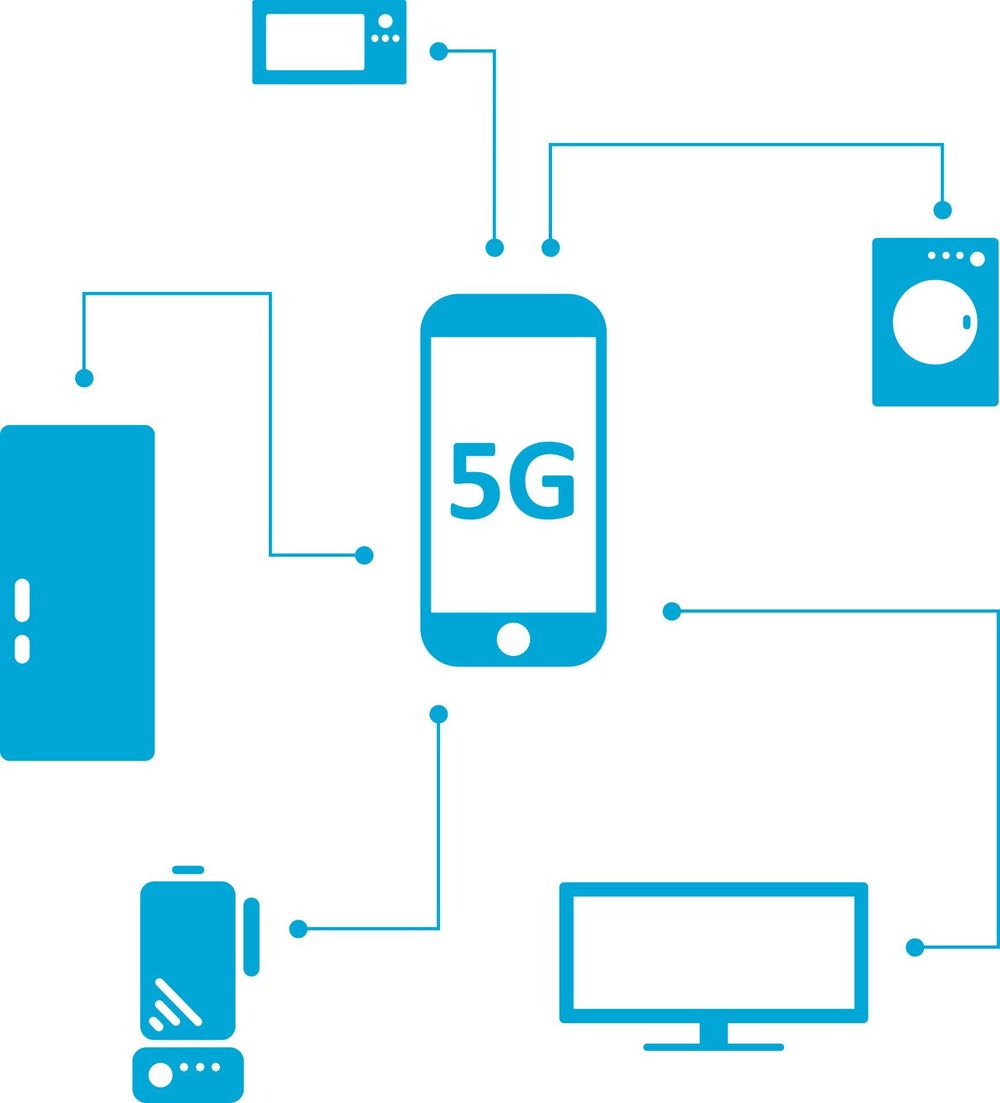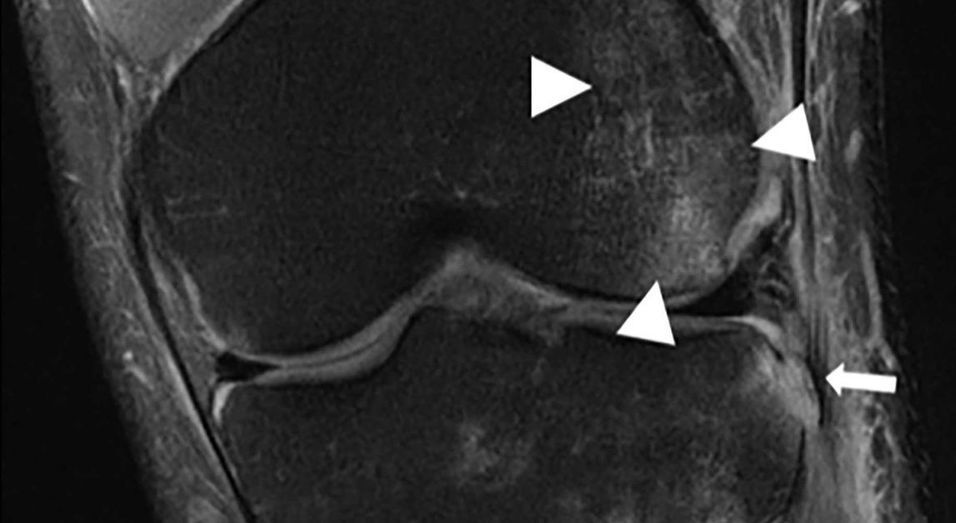A hand-held video game console allowing indefinite gameplay might be a parent’s worst nightmare.
But this Game Boy is not just a toy. It’s a powerful proof-of-concept, developed by researchers at Northwestern University and the Delft University of Technology (TU Delft) in the Netherlands, that pushes the boundaries of battery-free intermittent computing into the realm of fun and interaction.
Instead of batteries, which are costly, environmentally hazardous and ultimately end up in landfills, this device harvests energy from the sun—and the user. These advances enable gaming to last forever without having to stop and recharge the battery.









